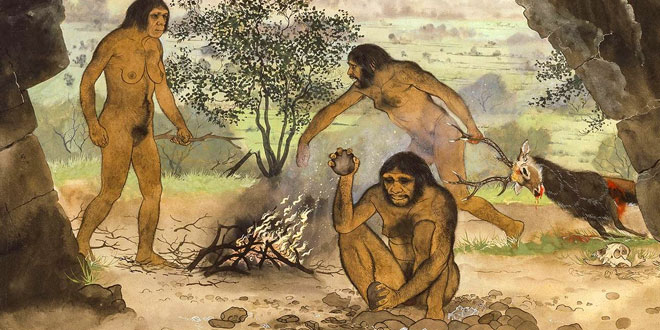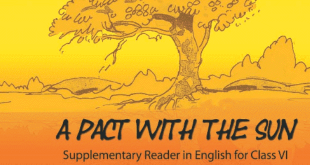Question: What do you know about habitation-cum-factory sites?
Answer: Usually, we find blocks of stone, tools that were made and perhaps discarded because they were not perfect, and chips of waste stone left behind at factory sites. Sometimes, people lived here for longer period of time. These sites are called habitation-cum-factory sites.
Question: What do you know about the work division among men and women in the ancient past?
Answer: It is totally difficult to know about it. However, we can mention atleast two possibilities which are:
- It is likely that both men and women may have done many of the work like hunting, gathering plant produce, etc. together.
- It is also possible that some tasks were done only by women and others only by men. And again, there could have been different practices in different parts of the sub-continent.
Question: What were the various reasons for hunter-gatherers to move from place to place? Mention in detail
Answer: Hunter-gatherers kept on moving from one place to another for the following reasons:
- Staying at one place for a long time would have ended up the availability of plant and animal resources.
- Animals move from place to place—either in search of smaller prey, or, in the case of deer and wild cattle, in search of grass and leaves. That is why, those who hunted them had to follow their movements.
- Plants and trees bear fruit in different seasons. Hence, people may have moved from season to season in the hope of getting different kinds of fruits, (i.e.) Plants, animals and plants need water for their survival. While many rivers and lakes are perennial others are seasonal. People living on their banks would have had to go in search of water during the dry seasons, i.e. winter and summer.
- People may have travelled to meet their kith and kin.
Question: What was the impact of the change in environment around 12,000 years ago?
Answer: Major changes in the climate of the world with a shift to relatively warm conditions were noticed around 12,000 years ago. As a result, grasslands developed in many regions. This resulted in the increase in the herbivorous animals like deer, antelope, goat, sheep and cattle. This encouraged people to herd and rear these animals. They also engaged themselves in fishing.
Several grain bearing grasses such as wheat, barley and rice also grew around this time in different parts of the sub-continent. Men, women and children began to collect these grains to use them as their food. By the time, they also learnt where these grains grew and when they ripened.
 Class Notes NCERT Solutions for CBSE Students
Class Notes NCERT Solutions for CBSE Students




Not matched with my questions